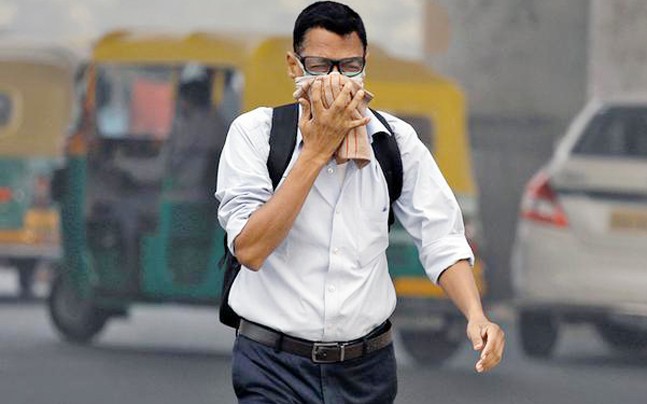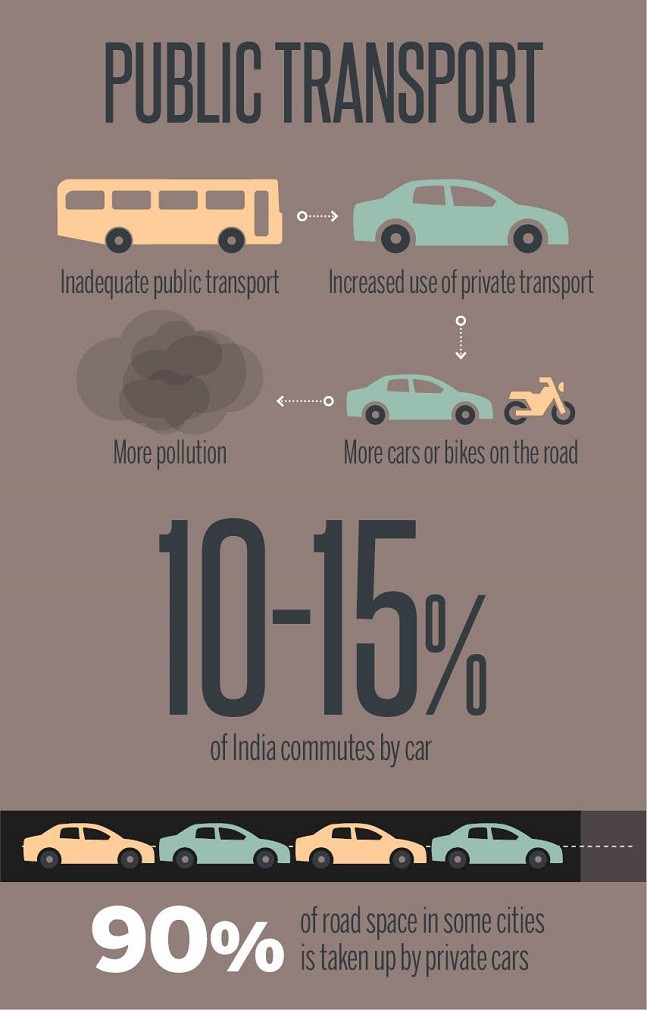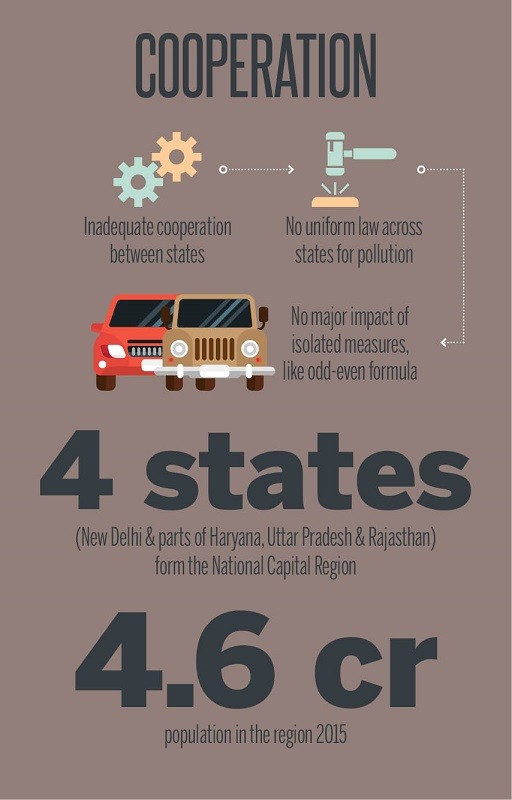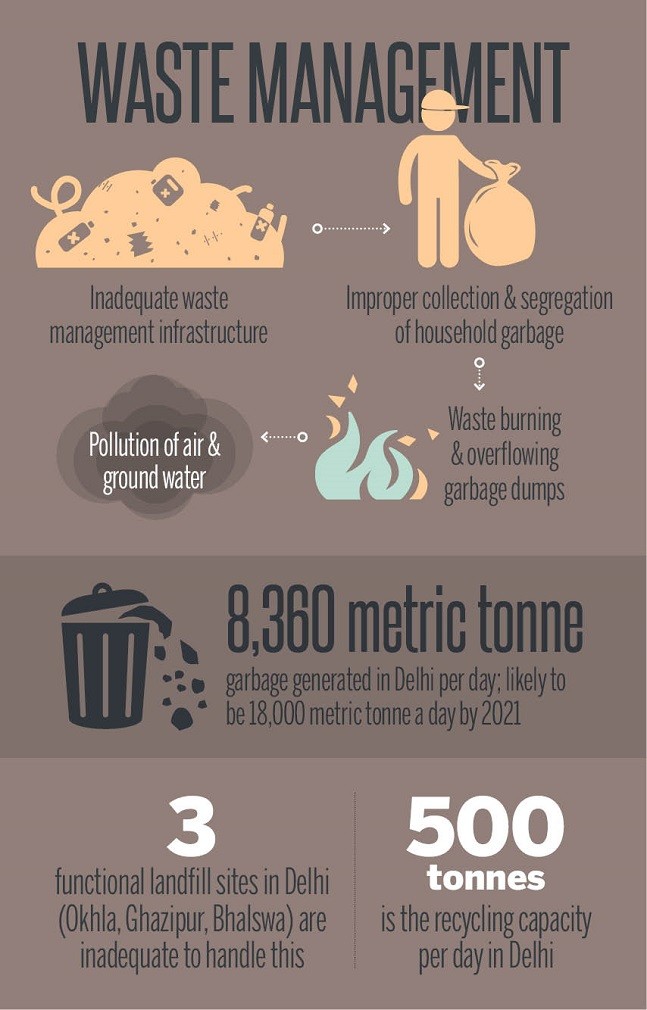National News
Delhi smog: Why Capital needs to clean up its act before blaming neighbours for crop burning
While the Arvind Kejriwal-led Delhi government has been blaming crop burning in Haryana and Punjab for the deadly smog, the answer to Delhi's pollution woes perhaps lies beyond just pointing fingers at neighbours.

As Delhiites cough, wheeze and choke on the deadly winter smog in the national capital, Chief Minister Arvind Kejriwal tweeted today morning that he is writing to his counterparts in Punjab and Haryana for an emergency meeting to discuss solutions to the problem of crop burning.
A day after Delhi’s Deputy Chief Minister Manish Sisodia ordered schools to be closed for a day for students up to Class 5, the break was today extended till Sunday due to worsening air quality in the city.
While the Arvind Kejriwal-led Delhi government is implementing emergency measures to check air pollution levels and is particularly stressing on the menace of crop burning, the answer to Delhi’s pollution woes perhaps lies beyond just blaming the neighbours.
According to a study by the IIT Kanpur in January 2016, road dust, vehicular emissions, industrial pollution and domestic fuel burning are the major contributors to the PM10 and PM2.5 emissions in Delhi throughout the year.
WHO ALL ARE CONTRIBUTING TO POLLUTION?
The report, Comprehensive Study on Air Pollution and Green House Gases in Delhi, was submitted to the department of environment in the Delhi government and the Delhi Pollution Control Committee (DPCC).

The report, which studied the air pollution patterns from November 2013 to June 2014, said that secondary particles and vehicle emissions are the most consistent sources of PM10 and PM2.5 while biomass and municipal solid waste (MSW) burning are more variable sources.
The report does point out that biomass burning, and in particular the crop-residue burning in Punjab, leads to enhanced concentration of particulate matter (PM) in the Delhi air during the months of October and November. According to the report, biomass burning contributes to 17-26 per cent of the particulate matter (PM) in the air during winters.

What the IIT Kanpur report also highlights is that secondary particles, vehicular emissions and municipal solid waste are also responsible for the winter air pollution. Emissions from vehicles contribute to 28 per cent of the PM2.5 in the air during winters while municipal solid waste (garbage) burning accounts for 8-9 per cent of the PM2.5 and PM10 levels in the air.
WHAT DELHI CAN DO TO CHECK POLLUTION
The IIT-Kanpur report also suggests various steps to check the rising pollution levels, which includes ensuring all households use LPG and stop using wood, crop residue, cow dung and coal for cooking.

Better infrastructure for collection and disposal of municipal solid waste has also been recommended besides a ban on its burning.
Vehicular pollution, which is the second largest source of PM10 and PM2.5 in winters, can be controlled by better traffic planning, implementation of BS VI, improvement in public transport among other steps.
The report also points to the need to control emissions from industries and suggests use of diesel variants that have less sulphur content for boilers and furnaces. Besides all these steps, the report suggests managing crop residue burning in Haryana and Punjab.




